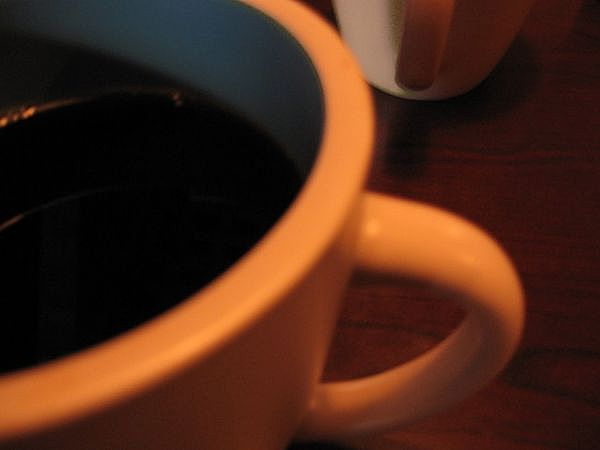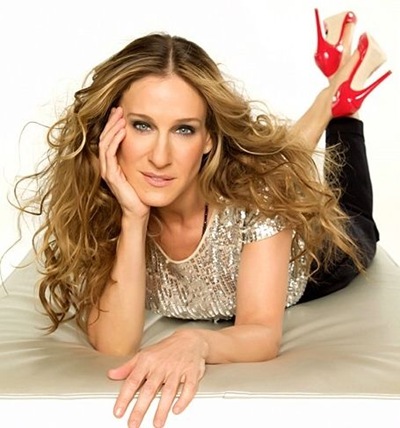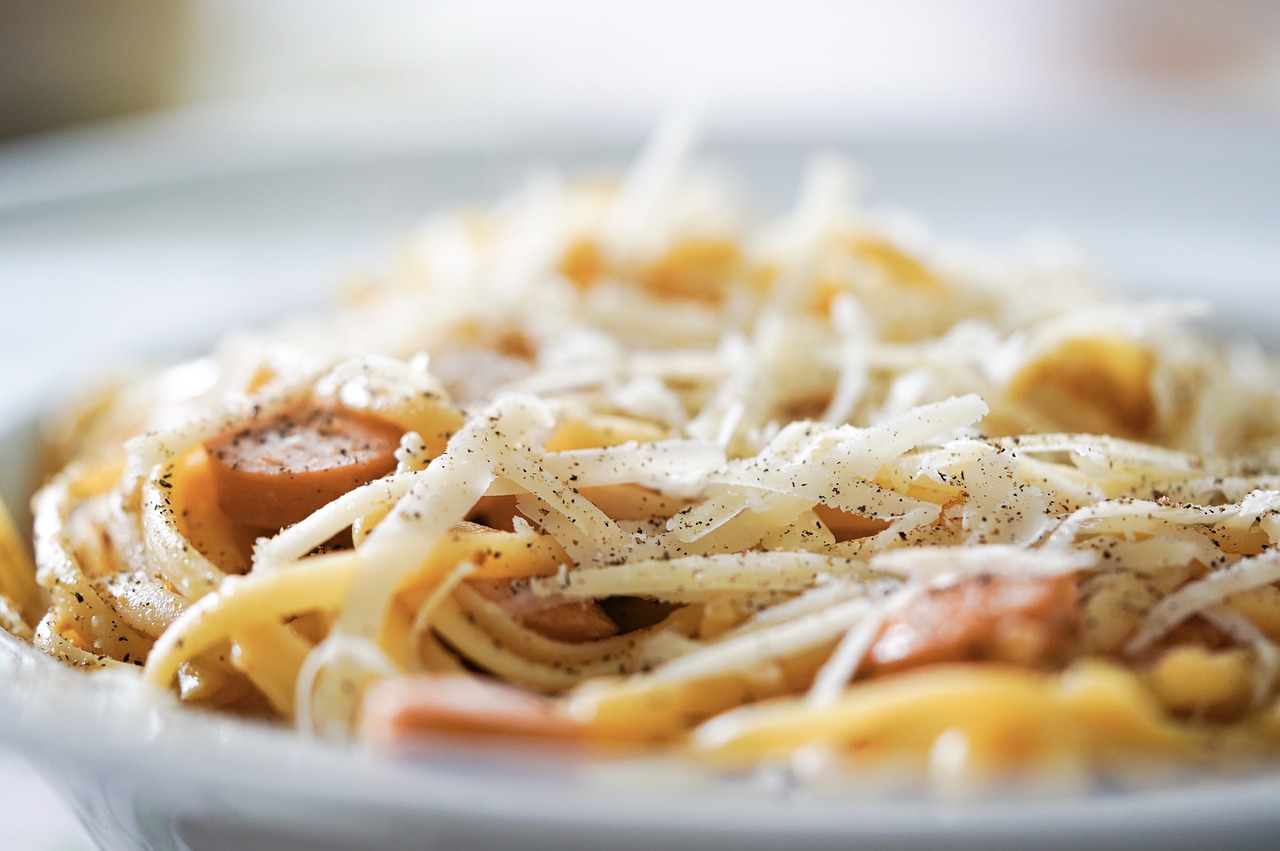Why Is Sugar Everywhere?
Cutting sugar from your diet is quite trendy these days. Many dieters even go so far as to proudly proclaim that they have "stopped eating sugar" altogether. Well, in reality, that probably isn't even possible. They naively think that cutting out cake, cookies, and candy means that they are no longer eating sugar. But sugar is practically everywhere. Do you know how much you are consuming? If you are a typical American, you may be eating 156 pounds per year! That's how much the USDA says Americans consume each year on a per capita basis. Sure, some of that comes from standard junk food, but much of it comes from more "hidden" sources. Think about a Low Carb Diet!
Hidden Sources of Sugar
To significantly reduce your sugar intake, it's mandatory that you read labels and know where your sugar intake truly comes from. Here are some places where you may be ingesting loads of sugar without even realizing it.
Yogurt
Generally, this is a food that people consider "healthy." However, unless you choose the Plain flavor, you'll be getting a lot of sugar. Check the label, and you'll find on average about 20 to 25 grams of sugar in a measly 6 ounces.
Salad Dressings
Salads have always been considered good dieting choices. But not only can they be laden with fats, but even the healthiest, veggie-packed salads can pack a sugar punch from the dressings that accompany them.
Soft Drinks
Here's where a huge portion of consumer sugar intake is found. Studies show that soft drinks account for as much as 33% of all added sugars consumed. And if you think switching to sugar-free diet drinks is the answer, hold on. The risk of obesity appears to be higher among diet cola drinkers.
Cereal
Here's a food that someone can easily overeat. A serving is often only ¾ cup, which means most people tend to have at least two servings at breakfast. Plus, cereal is often eaten as a snack as well, and a few handfuls can quickly add up. Many cereals that tout themselves as being healthy have more sugar in them than a candy bar.
Protein Bars
These small little morsels disguise themselves as being packed with protein and all-natural ingredients. However, the huge sugar content diminishes their nutritional value. In some cases, you might actually be better off grabbing a chocolate candy bar.
Low Fat and Fat-Free Foods
When fat is eliminated from a food, often the flavorful taste disappears too. To prevent a low-fat food from being too bland, manufacturers regularly add extra sugar to ensure a good taste. So while the fat grams may be low, there are plenty of calories because of the extra sugar.
Why Should You Monitor Your Sugar Intake?
Most experts agree that sugar in its pure form is not inherently "bad" for you. The problem with sugar is that it packs a lot of calories per serving. Plus, since foods with sugar in them taste good to most people, we tend to eat larger portions of those foods. Therefore, we consume more calories when we eat high-sugar foods.
In 2003, the World Health Organization released guidelines indicating sugar should account for only about 10% of our daily calories, which is roughly only eight teaspoons. Most labels refer to sugar in grams—eight teaspoons is about 37 grams. What does that mean to you? Well, one six-ounce yogurt and one cup of many brands of cereal will quickly put you over that recommended limit.
How to Reduce Sugar Intake
As with most diet recommendations, the key is to keep your consumption in check. Do this by reading labels. If sugar is the first ingredient listed on a food, you probably should consider putting it back on the shelf. And remember that a label uses other terms for sugar. It also is referred to as high fructose corn syrup, glucose, sucrose, and other names. Pay extra attention to the foods mentioned in the hidden sugars list above. And, if eating high-sugar foods, limit your portion.
Final Thoughts
Eliminating sugar entirely might be impossible, but reducing it significantly is achievable with a mindful approach. By understanding where sugar hides and how to make better food choices, you can take control of your health and maintain a balanced diet. It’s not about demonizing sugar—it’s about moderation and making informed decisions to support your overall well-being.













